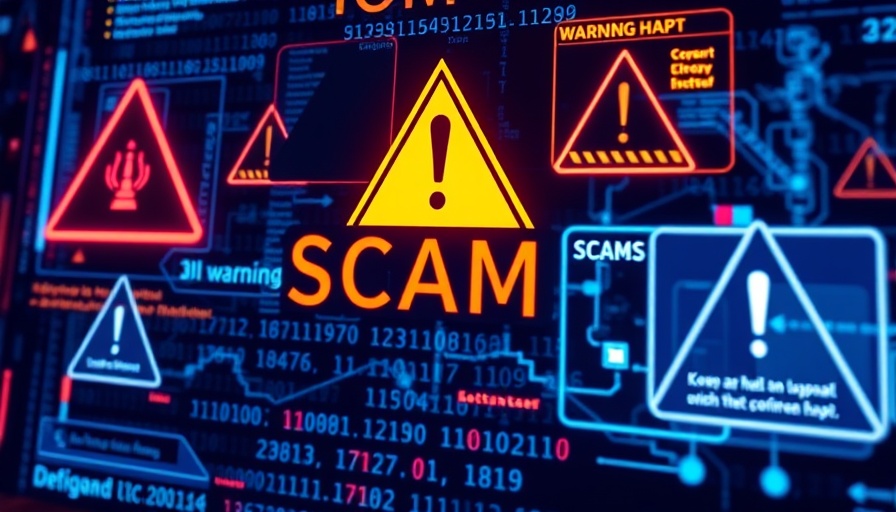
Unlocking the Potential of America's Blue Economy
The recent release of the "U.S. Geological Survey Global Seabed Mineral Resources" marks a significant step forward in enhancing America’s blue economy. With a wealth of critical seafloor minerals identified in U.S. waters, officials are ultimately aiming to leverage these resources for industries vital to national interests. As Interior Secretary Doug Burgum emphasized, understanding these underwater treasures is essential for fostering energy independence and maintaining competitiveness in the global marketplace.
Diving Deep into the Mineral Wealth Beneath the Waves
What exactly lies beneath our oceans? According to the data provided by the USGS, valuable minerals such as nickel, cobalt, and manganese are abundant in seafloor deposits, essential for producing batteries and stainless steel. This discovery revolutionizes the mining landscape, paving the way for innovative technologies harnessing these resources. Additionally, rare earth elements, crucial for high-tech applications, can also be found within these depths, linking environmental stewardship with technological advancements.
Past Lessons and Future Opportunities
The U.S. Geological Survey has spent nearly sixty years investigating deep sea mining, contributing to our current understanding of both seafed ecosystems and mineral resources. The exploration has not just been about finding deposits; it involves balancing the demands of resource extraction with sustainability. This integration of technology and responsible practices can set precedents not only for the U.S. but also inspire nations worldwide. By leveraging past knowledge, America can lead in maritime innovation, setting high standards for future explorations and practices.
Current Trends and Case Studies in Seafloor Mining
As we stand on the brink of unlocking new industries, various entities are strategizing on how to engage in this emerging market. Several countries are already pioneering in similar ventures, showcasing successful models that prioritize environmental health while driving economic growth. For instance, nations like Australia have implemented rigorous standards governing seabed mining that can serve as a guideline for American efforts. Understanding these case studies is vital for professionals aiming to navigate the transition towards a sustainable economy with minimal ecological disruption.
Personal Perspectives: The Human Angle of Innovation
This transformative journey into the blue economy isn't merely about resources and profits—it's also about people. Communities around the coastlines could either thrive or suffer based on decisions made in boardrooms far away. As stakeholders begin to strategize around new technologies, they must also consider the local populations affected by this industrial upheaval. Success will depend on creating inclusive frameworks where the needs of local communities and the environment are at the forefront of discussions.
Call to Action: Embrace Innovation for a Sustainable Future
As professionals across various sectors look toward the future, understanding the convergence of technology and sustainability in the blue economy is crucial. Engaging in this dialogue will empower you to contribute effectively to an industry on the cusp of transformation. Stay informed, get involved, and be part of shaping responsible strategies as we deepen our commitment to environmental stewardship while pursuing economic growth.
 Add Row
Add Row  Add
Add 




 Add Row
Add Row  Add
Add 

Write A Comment